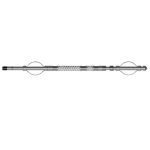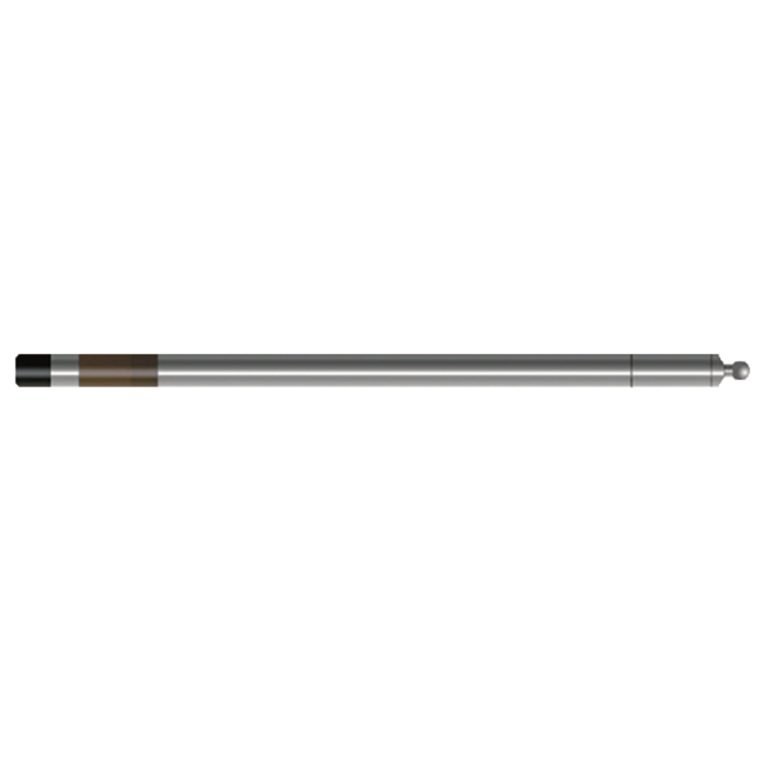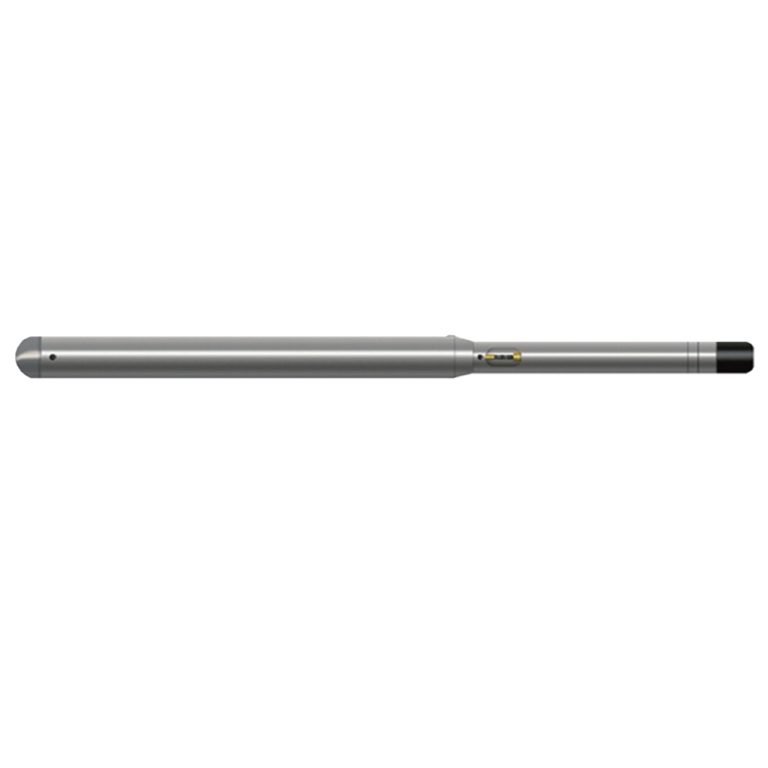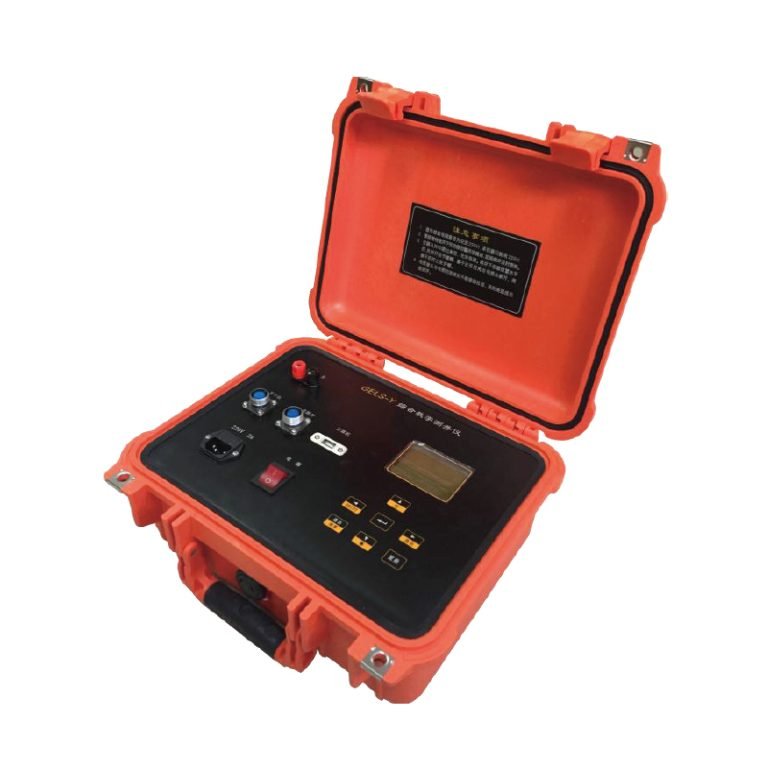Welcome to Geotech!

JSS-2 Compensated Sonic Probe
PRODUCT PARAMETERS
- It uses a non-directional transmission and reception method. It uses a single-transmitter and dual-receiver device to reduce the impact of factors such as well diameter.
- Send instructions from the ground and execute them from the motor.
Description
 Abstract
Abstract
Sonic and ultrasonic exploration methods are the fastest growing, most widely used, and most theoretically sound methods in geophysical technology. Sonic logging measures the acoustic characteristics of rock formations along the borehole profile, that is, the propagation and attenuation laws of ultrasound in rocks, so as to understand the properties of rock formations and walls and determine the lithology. JSS-2 Compensated Sonic Probe uses ultrasonic ceramic elements as transmitting and receiving transducers, and is suitable for use in boreholes of 90~Ф150mm.

 Applicable Conditions
Applicable Conditions
● Bare hole
● Fill with water or mud
 Applications
Applications
● Cased Hole Evaluation: Cement Bond Index Logging (CBL)
● Identify lithology and evaluate porosity and permeability
● Evaluation of rock formation fragmentation, rock strength and elasticity
● Calculate rock mechanical properties: elastic modulus, Poisson’s ratio, shear modulus, Young’s modulus, volume elasticity
● Modulus and compression coefficient
 Features
Features
● It uses a non-directional transmission and reception method. It uses a single-transmitter and dual-receiver device to reduce the impact of factors such as well diameter.
● Send instructions from the ground and execute them from the motor.
 Specifications
Specifications
| Sound system | Non-directional one-shot and two-shot, Source distance 0.5M, Spacing 0.2m |
| Emitting transducer | P-42 ceramic, Receiving transducer: P-51 ceramic |
| Sound speed measurement range | 125μs/m~555μs/m, Measurement accuracy: 5μs/m |
| Time base | 0.5μs, Time base stability: 0.1PPm |
| Sound amplitude measurement range | 0~2000mV (JSS-3),Measurement accuracy: 2% (JSS-3) |
| Signal output | Bipolar encoding |
FAQ
① In SI, it is m·s-2, and one percent of it is the international unit abbreviation g.u.;
② Conversion between SI and CGS: 1g.u.=10-1 mGal
Gravitational field: The space around the earth with gravity is called the gravitational field.
Gravitational potential: The gravitational potential W in the gravitational field is equal to the work done by a particle of unit mass moving from infinity to that point.
① The normal gravity field of the earth: Assuming that the earth is a rotating ellipsoid (reference plane), the surface is glossy, the internal density is uniform, or it is distributed in concentric layers, the density of each layer is uniform, and the deviation of the shape of the ellipsoid from the geoid is very small, then the gravity field generated by the earth is the normal gravity field.
② The normal gravity value is only related to the latitude, the smallest at the equator and the largest at the poles, with a difference of about 50,000 g.u.; the rate of change of the normal gravity value with latitude is the largest at 45° latitude, and zero at the equator and the poles; the normal gravity value decreases with increasing altitude, and its rate of change is -3.086 g.u.. The main feature of the long-term change is the "westward drift" of the geomagnetic elements, both the dipole field and the non-dipole field drift westward, and have a global nature.
The gravitational field strength is equal to the gravitational acceleration in both numerical and dimensional terms, and the two are in the same direction. In gravity exploration, all references to gravity refer to gravitational acceleration. The gravitational field strength at a point in space is equal to the gravitational acceleration at that point.
Gravity exploration is an exploration method that is based on the density difference of rocks and ores. Since density difference will cause local changes in the normal gravity field of the earth (i.e. gravity anomaly), it is used to solve geological problems by observing and studying gravity anomalies.
-1.png)








